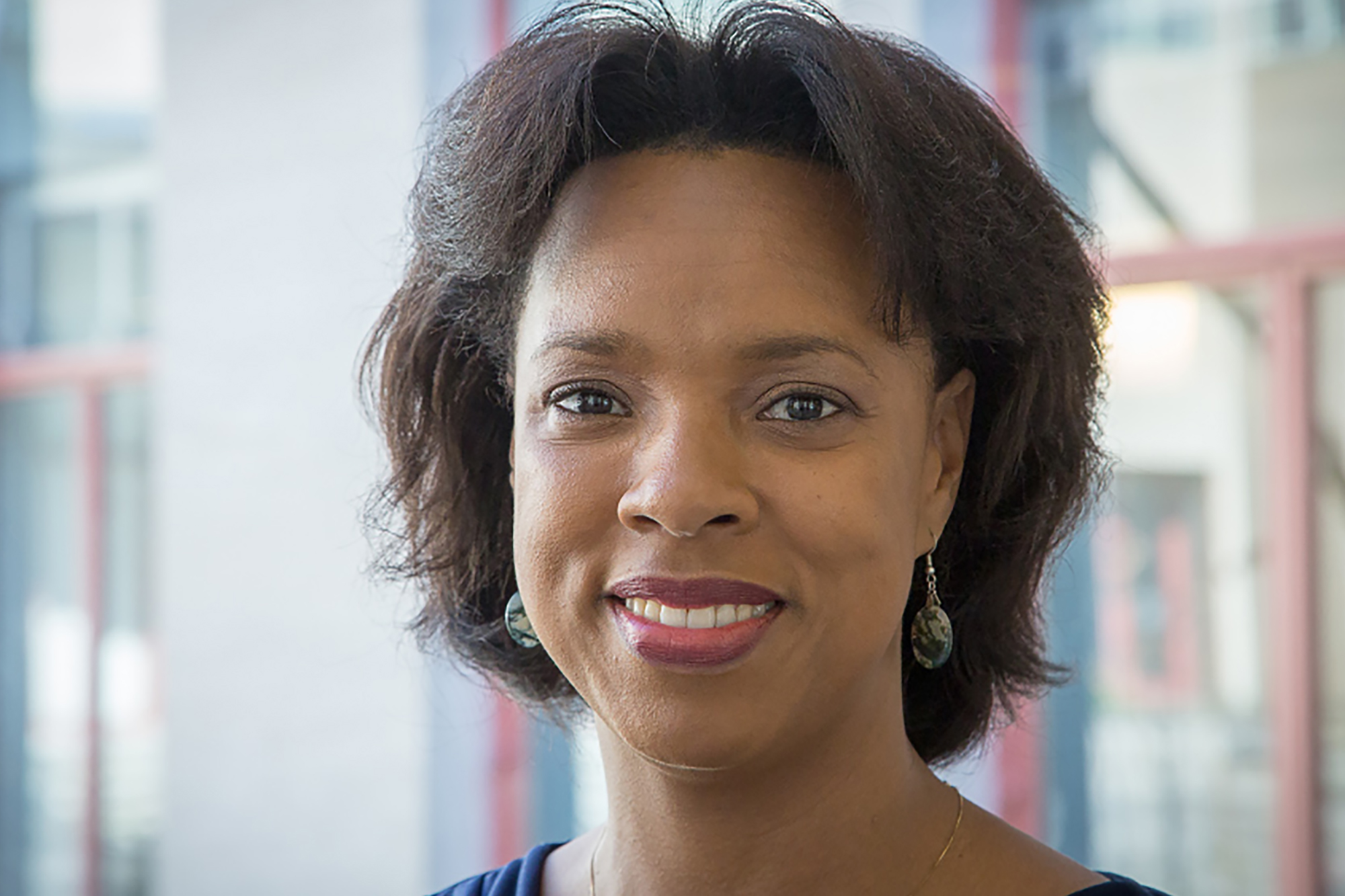
Nilma Dominique explains how she teaches Portuguese language skills through Brazilian films.
Q: How do you use film as a tool for language teaching ?
A: I teach a class called 21G.820 Topics in Modern Portuguese Literature and Culture, which has rotating topics. One of the topics is “Portuguese language through Brazilian film,” which is being offered again in fall of 2021.
The class is designed for students who have reached an intermediate-high level of the language, and our emphasis is on language enrichment through class discussions, grammatical analysis, and vocabulary building. And as we know, language and culture always go hand in hand. Through the films, we not only identify distinctive characteristics and themes in contemporary cinema, but also analyze how major historical events are portrayed in Brazilian productions. The films we consider in this class are intrinsically connected to the social, political, and historical contexts of modern Brazil.
In addition to viewing the films, we read various texts related to the topic. Students need to formulate persuasive responses to the themes of the films and texts, both in writing and in class discussions.
Q: How do you choose films for the class?
A: The films I pick explore topics like social inequality, migration, race relations, the role of women in society, as well as major political and historical events that have impacted Brazilian society. I also wanted students to have an overview of the most representative contemporary Brazilian productions, especially of the past half century.
Some of these films give students a chance to see another side of Brazil they may not be familiar with. Films can give voice to those who are otherwise invisible. We examine the ways in which artistic productions contest hegemonic narratives and participate in the construction of a national discourse. We can analyze, recognize and compare the particularities of different regions in Brazil, from the poorest to the wealthiest. We look at topics related to social conflict like immigration, or the invisibility of minorities within large urban centers, or the social rift between the dominant and the dominated, and how it is presented in films and documentaries.
I include some of Brazil’s best-known films like Orfeu Negro (Black Orpheus) from 1959; Central do Brasil (Central Station) from 1998, probably my favorite Brazilian movie; and Lixo Extraordinário (Waste Land), a 2010 British-Brazilian documentary; and O Ano em Que Meus Pais Saíram de Férias (The Year My Parents Went on Vacation), which is about the dictatorship in Brazil from the eyes of a child. We cover the portrayal of politics, the police, corruption and violence in the films Tropa de Elite (Elite Squad) and Cidade de Deus (City of God).
Q: How do students react to the films?
A: You know, when I offered the class last, in the fall of 2019, I was really surprised by how involved students got, and their different perspectives. We showed Que Horas Ela Volta?, which in English was released as The Second Mother, a wonderful film by Anna Muylaert, about a family and their housekeeper, and the unspoken class barriers that exist. I remember how emotional one student got when he shared how much he saw of his family in the film.
At first, I was a bit apprehensive about how students would react to the black-and-white classics. But they were really engaged! We showed a film from 1963, Vidas secas, called Barren Lives in English, by Nelson Pereira dos Santos. Students were really moved by the representation of the Brazilian northeastern hinterland (o sertão) and the scene where the dog “Baleia” dies. Another film I remember that students really reacted strongly to was a film from 1985 called A Hora da Estrela, or The Hour of the Star in English. That film is based on a novel of the same name by Clarice Lispector about a migrant from the northeast of Brazil who tries to start a life in São Paulo, and ends up being swallowed up by the big city, without anyone noticing her existence.
It was also interesting to note that, although humor is universal, its perception is culture-specific and, in some cases, it depends a lot on the life experience of each individual. In such a diverse class as ours, it was common to see extremely varied reactions.
It was a pleasure to see the students not only enjoy the seventh art, but also reflect and question human actions while learning about specific aspects of the Portuguese language, as well as about other integral elements of Brazilian culture, history, politics, and literature.
Nilma Dominique is a lecturer in Portuguese. She serves on the Board of the Massachusetts Foreign Language Association (MaFLA) and is a certified American Council on the Teaching of Foreign Languages (ACTFL) proficiency rater in Portuguese language. She is the co-editor of Microgeopolítica da língua portuguesa: ações, desafios e perspectivas [Microgeopolitics of the Portuguese language: actions, challenges and perspectives], published this year by Boavista Press.
